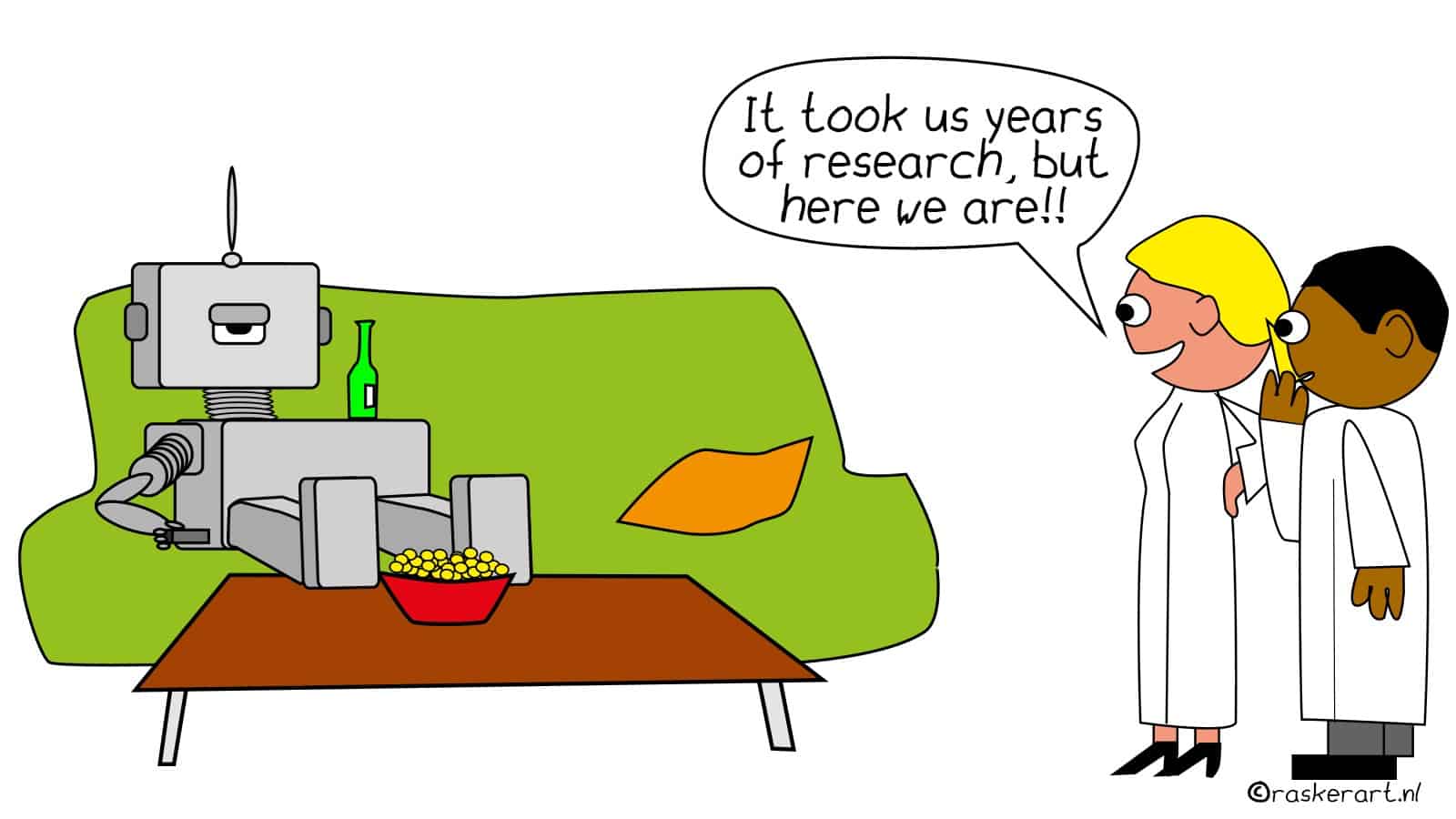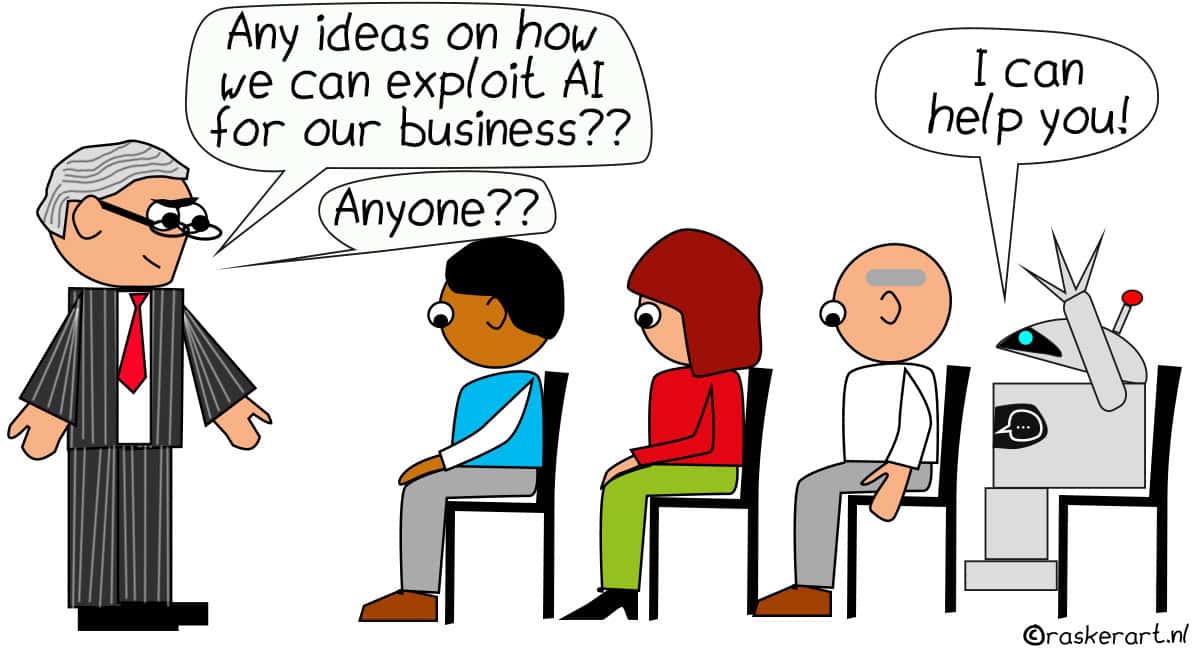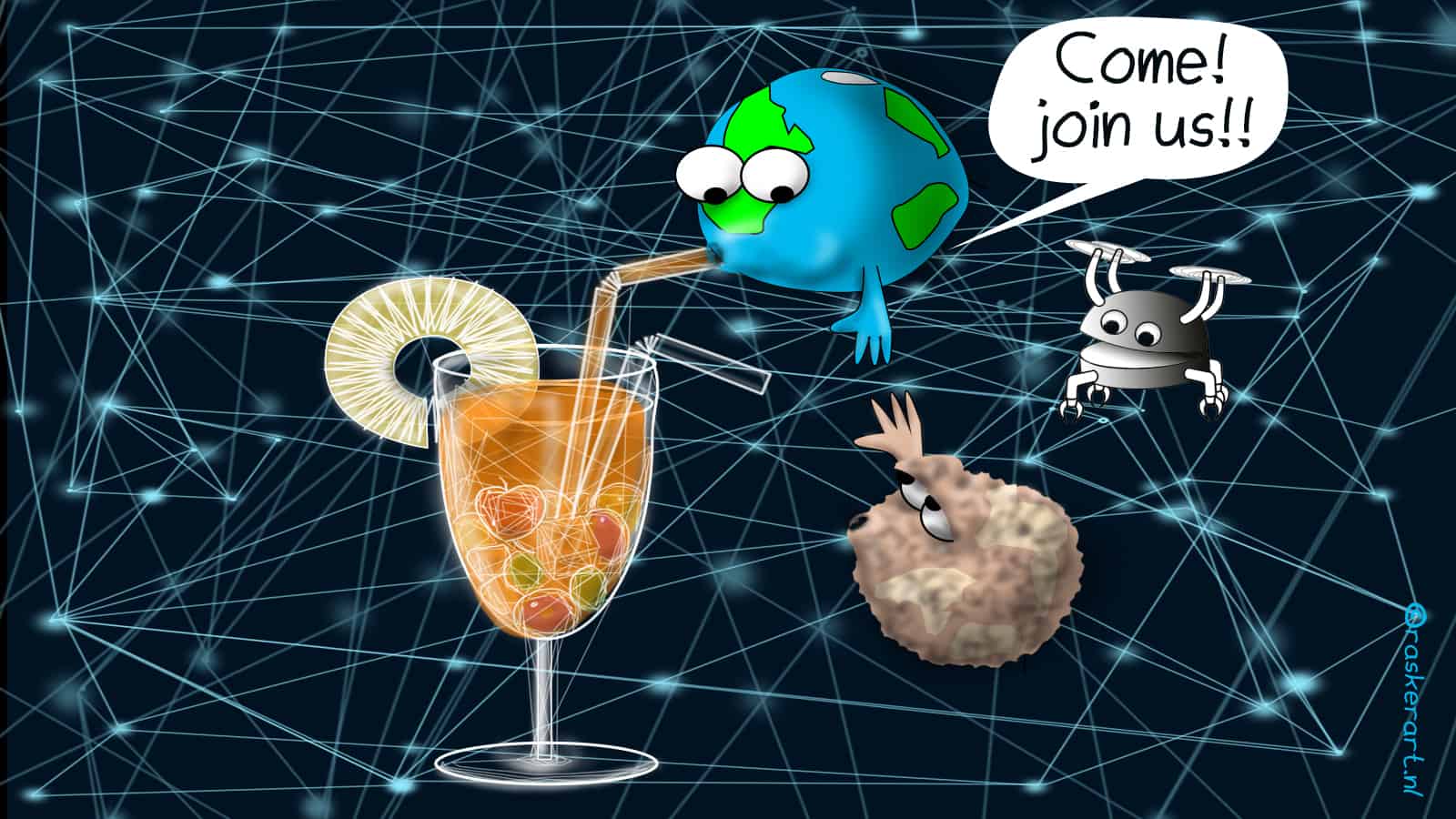
We write a lot about the digitization of society. We do so not only because this trend can make our lives easier and more pleasant but also because it benefits society as a whole. Digitalization, if used properly, can reduce energy consumption, make better use of resources, and – not unimportantly – it can bring people closer together, regardless of physical distance.
But not everything is good: data centers still cost a lot of extra energy, and if you take a look at Twitter, you will quickly conclude that ‘trying to get closer together’ does not apply to everyone. Therefore, we like to spotlight the people and organizations trying to solve all these negative developments. We focus on photonics as the much faster and more energy-efficient variant of electronics, we show where the limits of Moore’s Law lie, and we follow scientific studies that could spark further improvements.
Hence we also made room for the findings of Twente University professor Dr. Christian Nijhuis, who does not want to resign himself to the observation that increasing digitization can only be “paid for” with even more wind and solar farms. He says we would do better to focus our attention on making our electronics more efficient. “Our brains are the most efficient computers we know. They use ten thousand times less energy than the most economical computers,” Nijhuis said. And so he devised a system that works not with ones and zeros but with pulses. He published about it in Nature Materials, and our cartoonist Albert Jan Rasker was inspired by it in this week’s drawing.
Fascinations
“Our brains effortlessly process the information from millions of nerve cells from all our senses. In doing so, unlike traditional electronics, they use only the brain cells and synapses where pulses run along,” Nijhuis said. Because only energy is consumed during a pulse, our brains can process a lot of data simultaneously much more efficiently. Of course, there is still a long way to go, but hopefully, you will share some of the fascinations that overcame us while reading Nijhuis’ findings.
Here is the entire article:
If you want to reflect on everything else we published last week, just click here.








